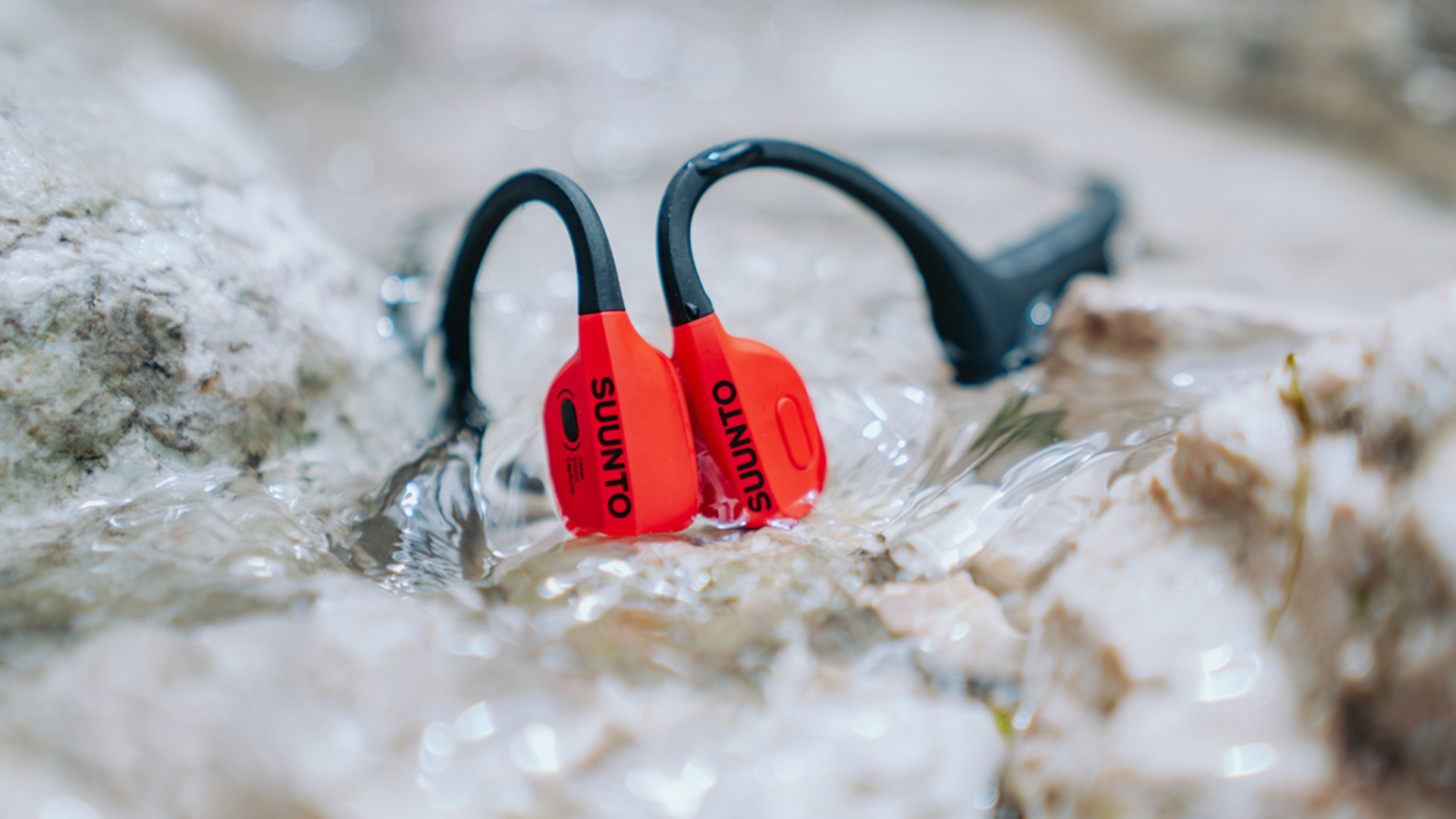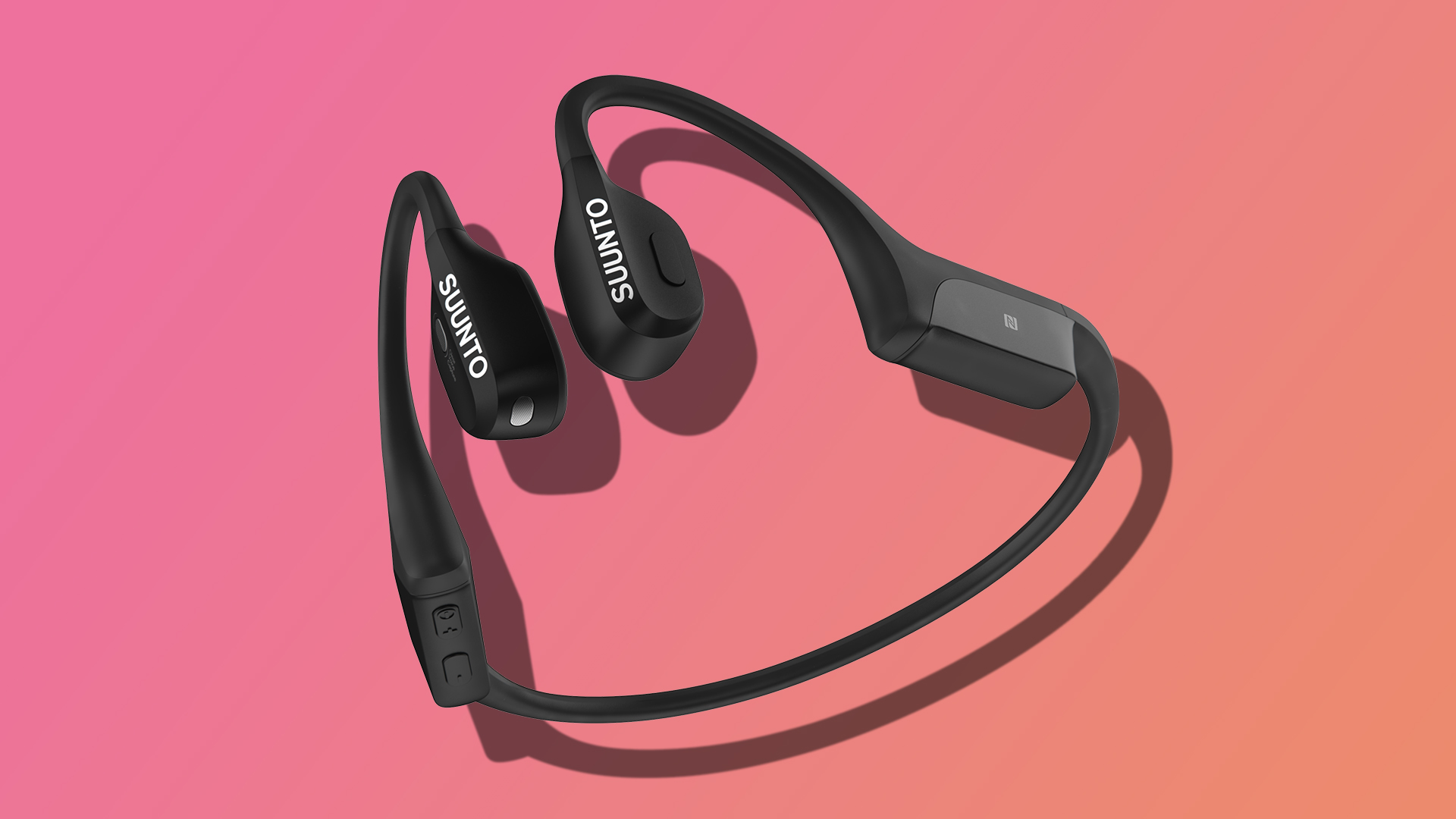Garmin watch rival Suunto releases new Wing bone conduction headphones
Suunto gives you Wing, bone conduction headphones with motion control

Finnish smartwatch and navigation specialist has entered the bone conduction headphone market with the launch of its new Suunto Wing headset, available from today.
As with rivals, and arguably market leaders Shokz, the Wing transmits vibrations directly to the wearer’s inner ear via the cheekbones, bypassing the eardrum. The best bone conduction headphones use this method, leaving the ears open and generally making it safer and more practical to listen to music or binge podcasts when out running, cycling or doing anything else physical
Suunto has ensured Wing lives up to the tough and reliable reputation the brand has garnered over the years with its best running watch models, with IP67 certification. This means they can withstand temporary submersion to a maximum depth of 1m of water for a maximum of 30 minutes.
They aren’t fully waterproof, so not the best for lane swimmers—you'll need a pair of the best waterproof headphones for that—but they can withstand temperatures from -20°C up to 60°C, making them great for cold-weather trail runners, gravel riders, and mountain hikers.

Physical buttons have been mapped to the Wing to ensure they are easy to use, even with gloved hands. Three buttons can be used to adjust the volume, skip to the next song, or accept a phone call.
If you don't have a free hand, you can answer and end phone calls by nodding or shaking your head. You can also use these motions to activate the music control to jump to the next song.
Suunto has also added a clever safety feature in the bright LEDs that have been carefully placed behind the ear. These can be mapped to produce different light patterns and colors in order to increase visibility when out on the trail or pounding the pavements.
Sign up for breaking news, reviews, opinion, top tech deals, and more.
The Finnish brand claims Wing is good for around ten hours of playback time, while a ten-minute charge delivers up to three hours of running time.
What’s more, the charging station Suunto provides has been deliberately designed so it acts like a portable power bank (think Apple AirPod case), extending the battery life to around 20 hours.
The Suunto Wing is available now and costs $199 / £169 / AUS$319.

Analysis: Shokz to the system?
For a long time now, Shokz (formerly Aftershokz) has been a leader in bone conduction headphone technology, but it has been slow to innovate over recent years, leaving the door open for the competition to strike. It has produced an impressive pair of air-conduction headphones, the Shokz OpenFit, but its bone conduction line has hardly changed. To be honest, it's not really needed to, with a pair of Shokz OpenRun being well-priced and great to use.
Suunto has a fearsome reputation for creating products that are proven to be reliable out in the wild, so we expect nothing less from the Suunto Wing. Here, the brand has injected some great features, including the ability to charge on the go and adjust the LEDs using an accompanying app.
Head movement control also frees up the hands to do other athletic stuff, while the 33g overall weight ensures they sit on the wearer’s head without causing discomfort. That said, they are fashioned from a titanium band to ensure robustness.
Dual microphone and cVc (clear Voice capture) noise cancellation should ensure solid sound quality when making or receiving calls on the move, too. Plus, Wing plays nicely with Suunto's smartwatches, particularly Race, allowing the wearer to receive vocal training tips and workout updates directly from the watch.
The Suunto Wing is slightly more expensive than the Shokz OpenRun Pro and significantly more expensive than the standard OpenRuns, although these are less robust (a mere IP55 sweatproof rating) and have suffered from poor audio quality during testing.
YOU MIGHT ALSO LIKE

Leon has been navigating a world where automotive and tech collide for almost 20 years, reporting on everything from in-car entertainment to robotised manufacturing plants. Currently, EVs are the focus of his attentions, but give it a few years and it will be electric vertical take-off and landing craft. Outside of work hours, he can be found tinkering with distinctly analogue motorcycles, because electric motors are no replacement for an old Honda inline four.